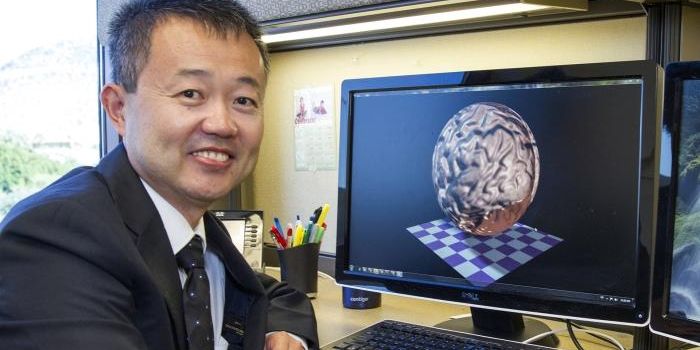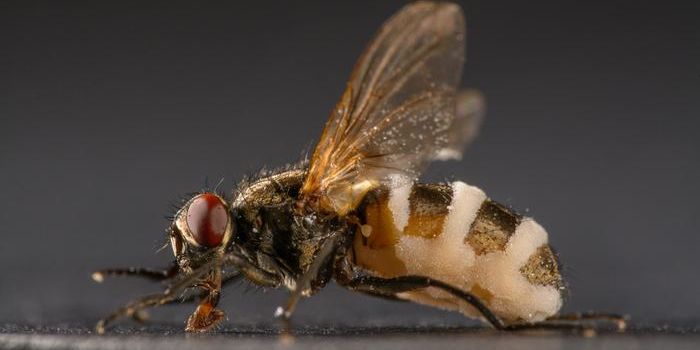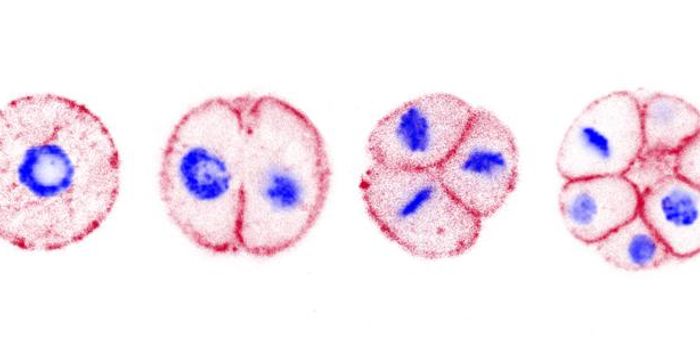All cells carry a gene named p53, which has a vital role in shielding the body from cancer. It can orchestrate the natural defenses a cell has, and might even cause a potentially cancerous cell to die. The gene can also betray a cell. The p53 gene has mutations in about half of cancer patients, which can cause p53 to fail in its protective activities. It may even promote cancer growth in some cases. Scientists at the Weizmann Institute of Science have found that the gene can turn on a cell in many ways. This work was reported in the Proceedings of the National Academy of Sciences (PNAS).
Time-lapse of GFP-expressing immortalized NFshLacZ cells (Yellow) and mCherry-expressing Calu1 cells (magenta). Cells were seeded in 12-well plates containing ibidi culture inserts. The next day, inserts were removed and cells were allowed to migrate. Images were captured every 15 min, for a total of 6 h.
Cancerous cells live in what’s called a tumor microenvironment, where connective tissues and benign cells surround them. When cancer is beginning to develop, that microenvironment fights the tumor. Previous work has shown that p53 is one reason for that hostility; it can stop cancerous cells from spreading. "This protective campaign probably often succeeds, otherwise people would get cancer much more frequently than they actually do," noted Prof. Moshe Oren.
As cancer grows, however, it changes the microenvironment in a process called ‘education.’ The tumor begins to use the tissue around it to promote growth. One cell type that gets recruited by the tumor is a fibroblast, which helps hold tissue together. At first, they call in the immune system to battle cancer, but as things change, they encourage cancer to spread and help it to survive. The cells are then known as cancer-associated fibroblasts.
This research, by the Oren lab and scientists at the Weizmann Institute shows that the fibroblasts are completely misdirected by the cancer, which uses the p53 gene. The p53 doesn’t acquire new mutations as it does in cancer cells. It is completely changed though, so that it starts supporting cancer.
When the investigators deleted the p53 from cancer-associated fibroblasts, the cells began to behave more normally and stopped supporting the cancer growth. When p53 was silenced, it reduced the movement of cancer cells in culture. This could be a critical finding if it holds up for people, because cancer that spreads, or metastasizes, is the most deadly. The researchers, led by postdoctoral fellow Dr. Sharath Chandra Arandkar, saw that in a mouse model, reducing p53 from cancer-associated fibroblasts did impede the growth of tumors.
The microenvironment has been a focus of recent research, especially because it doesn’t evolve as rapidly as cancer cells do. It may present a better window of opportunity for the application of therapeutics that can slow or halt the growth of tumors (explored in the following video). Scientists are continuing to look for ways to control the aberrant p53 gene.
Sources: AAAS/Eurekalert! Via Weizmann Institute of Science, PNAS








